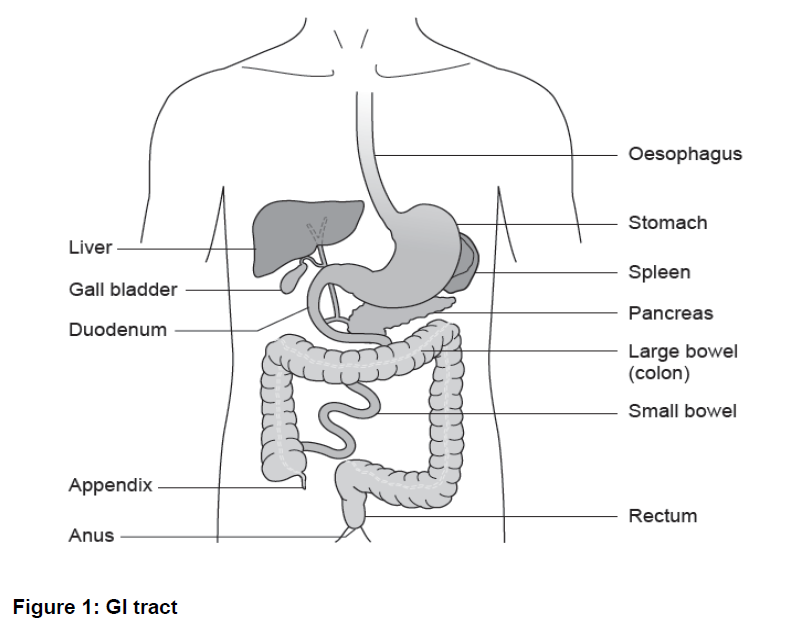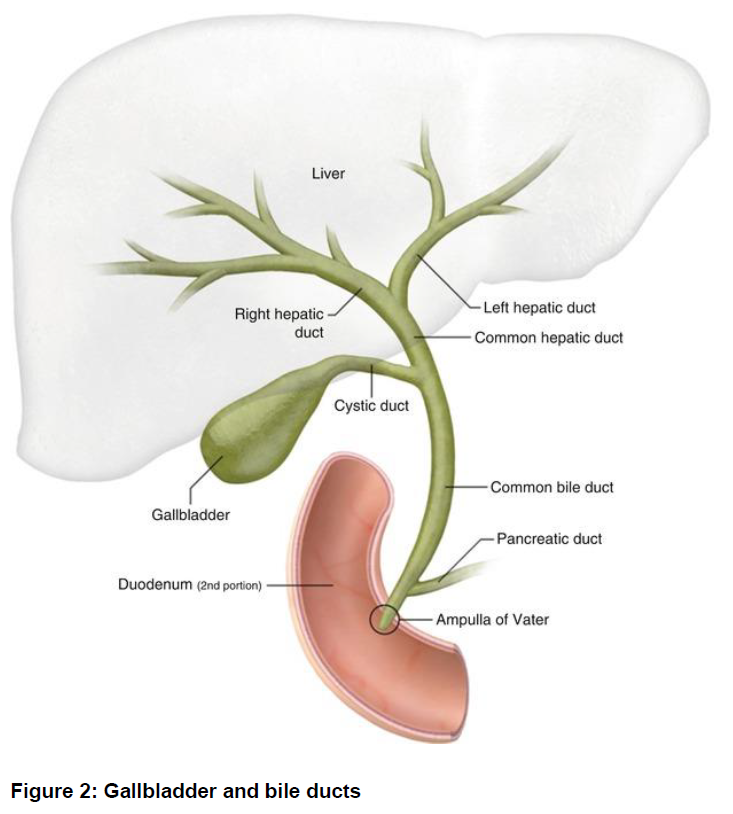Having an ERCP as an inpatient
An ERCP has been arranged to either help us find out the cause or for the management of your symptoms. This page gives you information about the ERCP procedure and the possible risks involved.
What is an ERCP?
An ERCP is an examination of the biliary and pancreatic tubes (ducts) using a camera.
A telescope (also known as a scope) is passed through your mouth, down your oesophagus, into your stomach and around the first bend of the small intestine (duodenum) to the opening of the ducts (ampulla). The scope that is used is a long flexible tube which is thinner than your index finger and has a tiny camera at the end.
X-rays are carried out at the same time as the camera procedure. Dye is injected into the ducts of the biliary and pancreatic systems while the X-ray is taken. This will show any problems related to these systems.
Therapies (treatments) that may be carried out during the procedure
Sphincterotomy
This is a cut made into the bottom of the bile duct to help pass a stone, widen a narrowed duct or insert a plastic tube (stent).
Balloon clearance
If a stone or sludge can be seen in the biliary ducts, a catheter with a deflated balloon can be passed up the duct and then inflated. This is then gently pulled down the duct, removing the stone and sludge.
Basket clearance
An instrument can be passed up the duct and then used to grasp the stone and bring it out.
Stent insertion
If there is a narrowing or if a stone cannot be removed, then a plastic or metal mesh tube the size of a biro refill can be put into the bile duct. This will allow bile to drain and relieve any jaundice (yellow discolouration of your skin as a result of bilirubin entering the blood stream). The mesh tube may need to be taken out or replaced after a period of time. This will be discussed with you before you are discharged.
Biopsy
A small piece of tissue (a biopsy) may be taken from the lining of your duodenum for further examination in a laboratory. This is not painful and is carried out by using tiny biopsy forceps through the scope.
Possible risks of ERCP
It is important that you fully understand the procedure and the risks related to it. We want to give you as much information as possible about ERCP treatment so that you can make an informed decision. This procedure is successful in 85 to 90 out of every 100 cases but in difficult cases it may need to be repeated.
The risks when having ERCP are small, less than 3 in every 100 cases.
Sedation
Sedation is used to make you sleepy during the procedure. The main complication from sedation is that it can affect your breathing. The risk of this happening is very low because you will be carefully monitored and given extra oxygen during the procedure.
Bleeding
This can happen if you have a sphincterotomy. The risk of this happening is 1 in every 100 cases.
Perforation
This is a tear or hole in the wall of the duodenum or bile duct. It can happen when instruments are passed through the scope. The risk of this happening is about 1 in every 500 cases.
Pancreatitis
This is inflammation of the pancreas. This is a serious condition and will mean you would need to stay in hospital to be monitored. The risk of this complication is 3 to 5 in every 100 cases. In 1 in every 100 cases, severe pancreatitis can be life-threatening.
Ascending cholangitis
This is infection within the bile duct and is more likely if the duct is blocked.
ERCP is generally a safe procedure. The risks we have listed can usually be managed with medical treatments, but sometimes surgery may be necessary. If you have any questions, please ask a member of the team caring for you.
Alternative procedures
A procedure called a Percutaneous Transhepatic Cholangiography (PTC) can be carried out. Your specialist will discuss this with you if they think PTC is a suitable alternative procedure.
During a PTC, a needle is passed through the skin and muscle into the liver and then into the bile ducts from above. This procedure is more invasive than an ERCP but may sometimes be needed because of your condition.
An operation may be necessary to remove your gallbladder (cholecystectomy) and any gallstones at the same time.
You can discuss these alternative procedures with your specialist.
The procedure
A nurse will accompany you to the endoscopy room where your ERCP will take place and stay with you during the procedure.
In the endoscopy room, you will be asked to take out any dentures you are wearing.
A local anaesthetic will be sprayed into your throat to numb it.
You will then be made comfortable on a couch, lying on your front with your head to one side. You will be linked to a heart monitor so that we can record your oxygen levels and blood pressure during the procedure.
A small tube will be placed into your nostril to give you oxygen while you are having the procedure. The doctor will then give you sedation through the cannula, which will have already been inserted into a vein in your hand or arm.
You will also be given medication in the form of a suppository placed in the rectum (back passage) called diclofenac (Voltarol®). This is given to reduce the risk of pancreatitis.
To protect your teeth and the scope, a plastic mouth guard will be put between your teeth or gums (if dentures have been removed). The endoscopy tube will then be gently pushed through the mouth guard. When it reaches the back of your throat, you may be asked to swallow to help the tube go down. This will not affect your breathing. Some air will be passed through the scope to gently inflate the duodenum and allow a clearer view.
You may feel wind-like discomfort and belch some air up during the procedure but please do not be embarrassed as this is normal. Any saliva in your mouth will be taken away using a suction tube; this will be carried out by the nurse caring for you.
When the scope is taken out, most of the air we put into your stomach will also be taken out.
After the procedure
After the ERCP is over, the nurse caring for you during your procedure will take you to the recovery area. You may be asleep or drowsy during this time. Recovery nurses will keep checking your breathing, pulse and blood pressure while you recover.
You may feel a little bloated or have some discomfort in your stomach after the test.
Your throat will still feel a little numb from the spray, this will slowly wear off. As normal sensation returns, your throat may feel a little sore, which could last for the rest of the day.
You will be given a drink and something to eat after the procedure.
If you feel unwell or have any pain after the procedure, please let the nursing staff know.
Once you recover from the procedure, you will be taken back to the ward.
Results
Please contact your GP or consultant directly for your test results as these are not disclosed to Endoscopy.
Feedback
To help the team in the Endoscopy Department understand what is important to you and how we can improve our service, we would appreciate if you would take the time to complete a feedback survey.
All responses will be anonymous and any information provided will be used sensitively and stored securely.
To access the survey, please use the link below:
If you do not have access to the internet, please ask a member of staff for a paper copy of the feedback survey.

